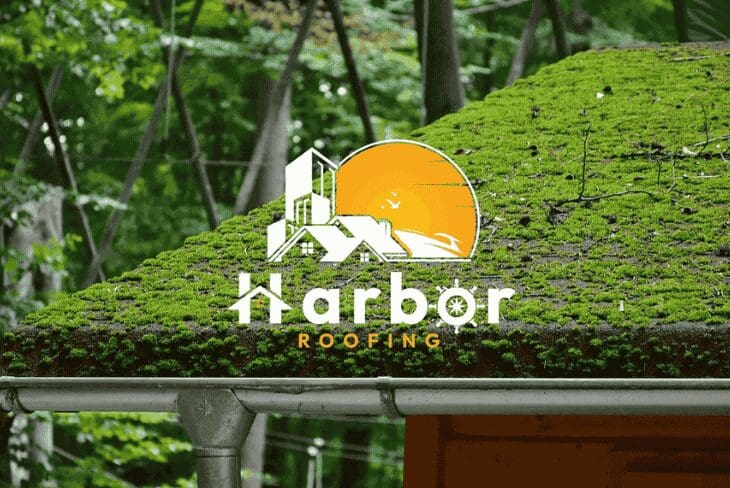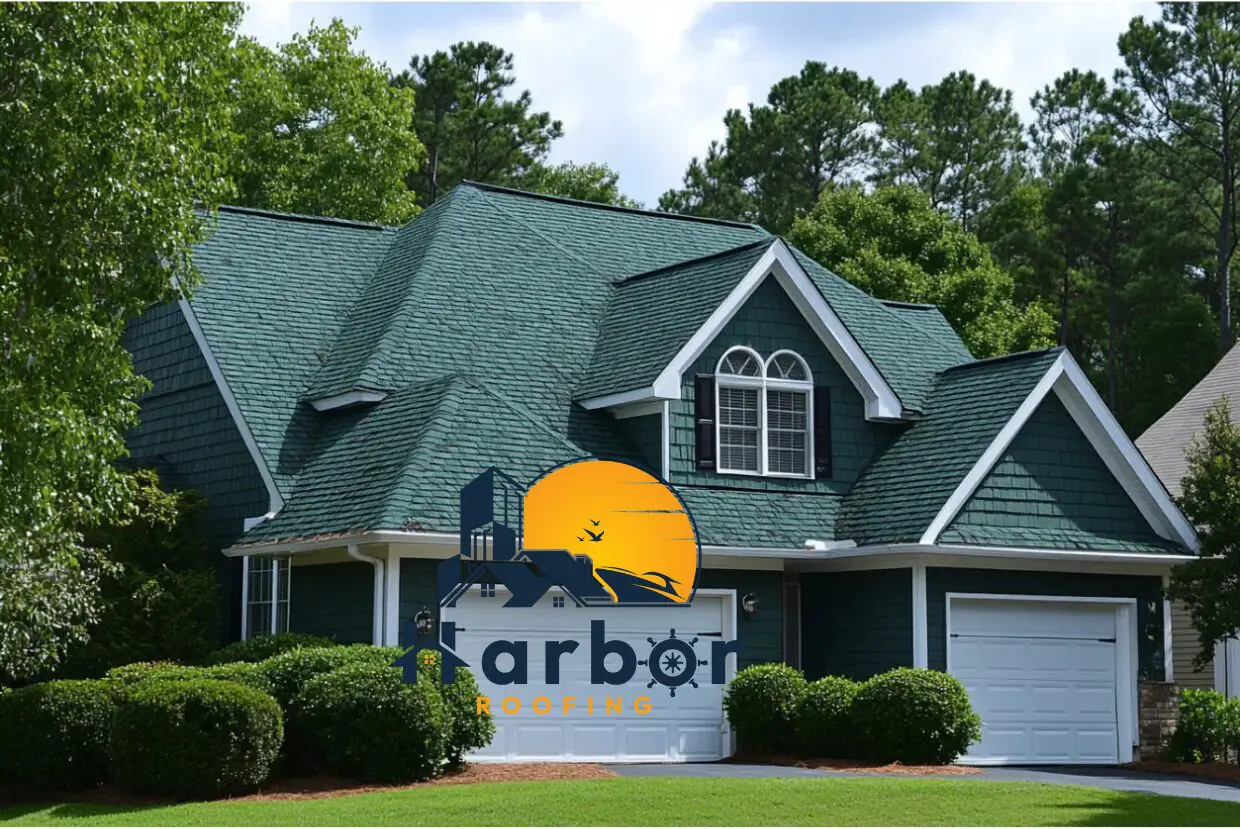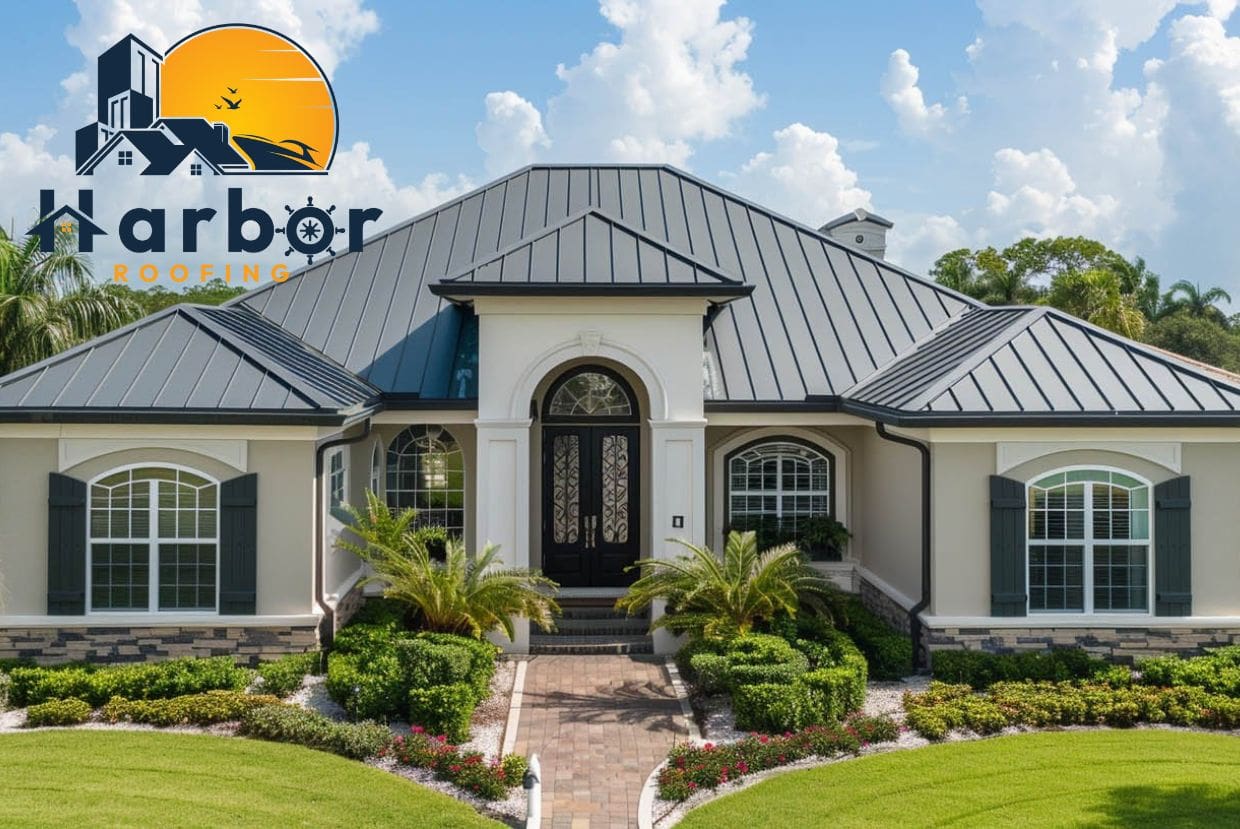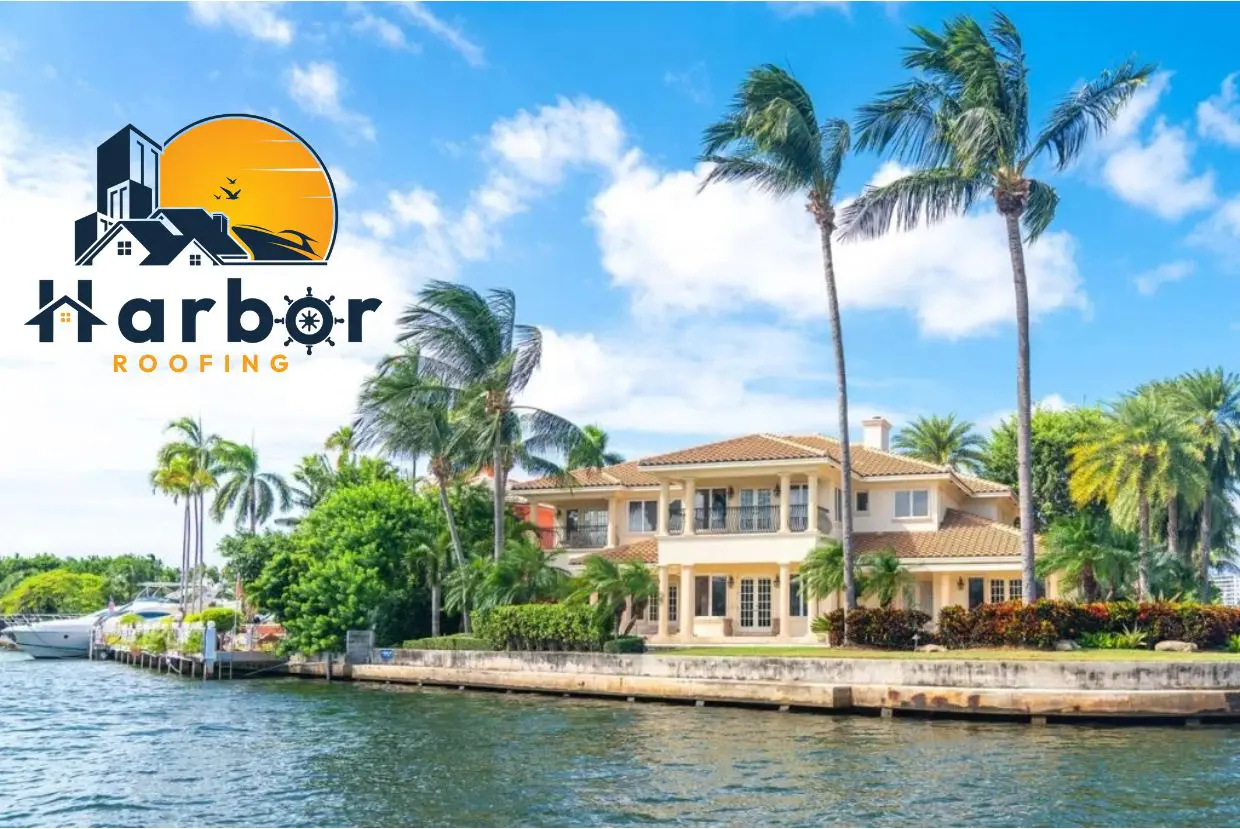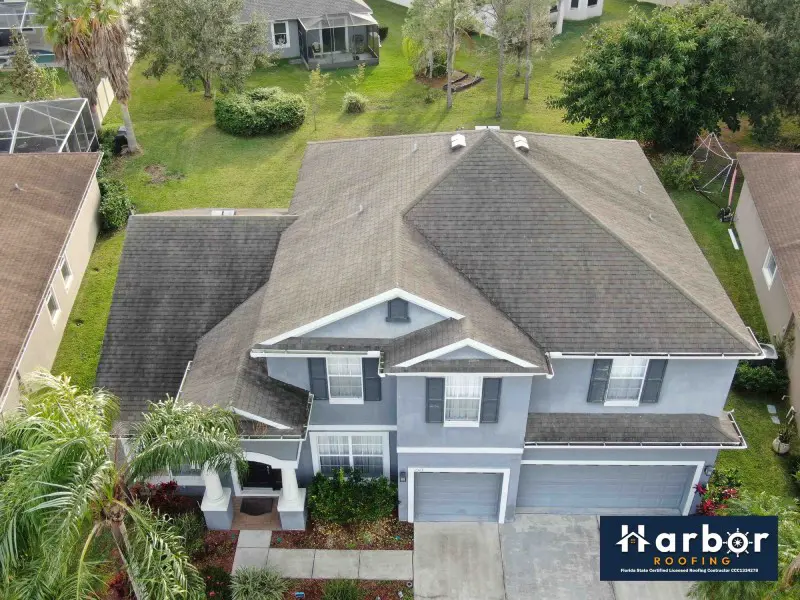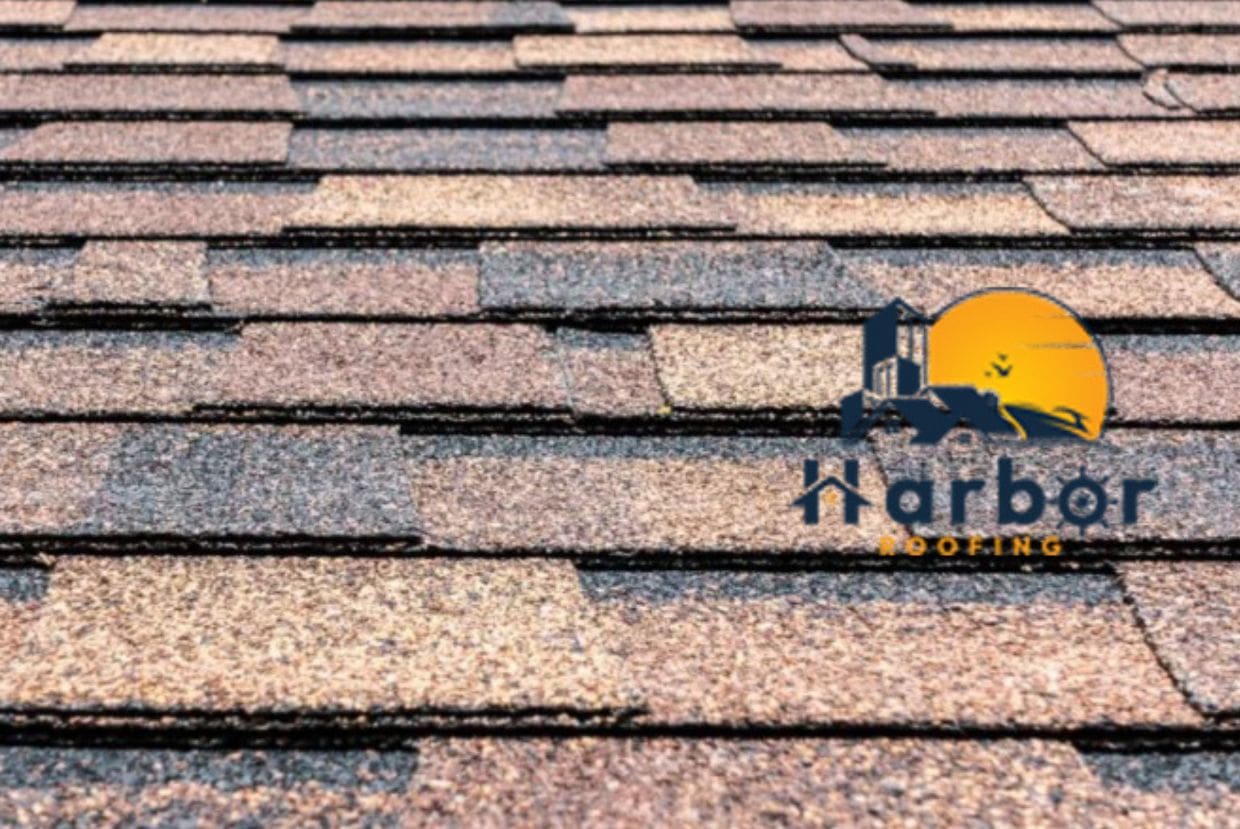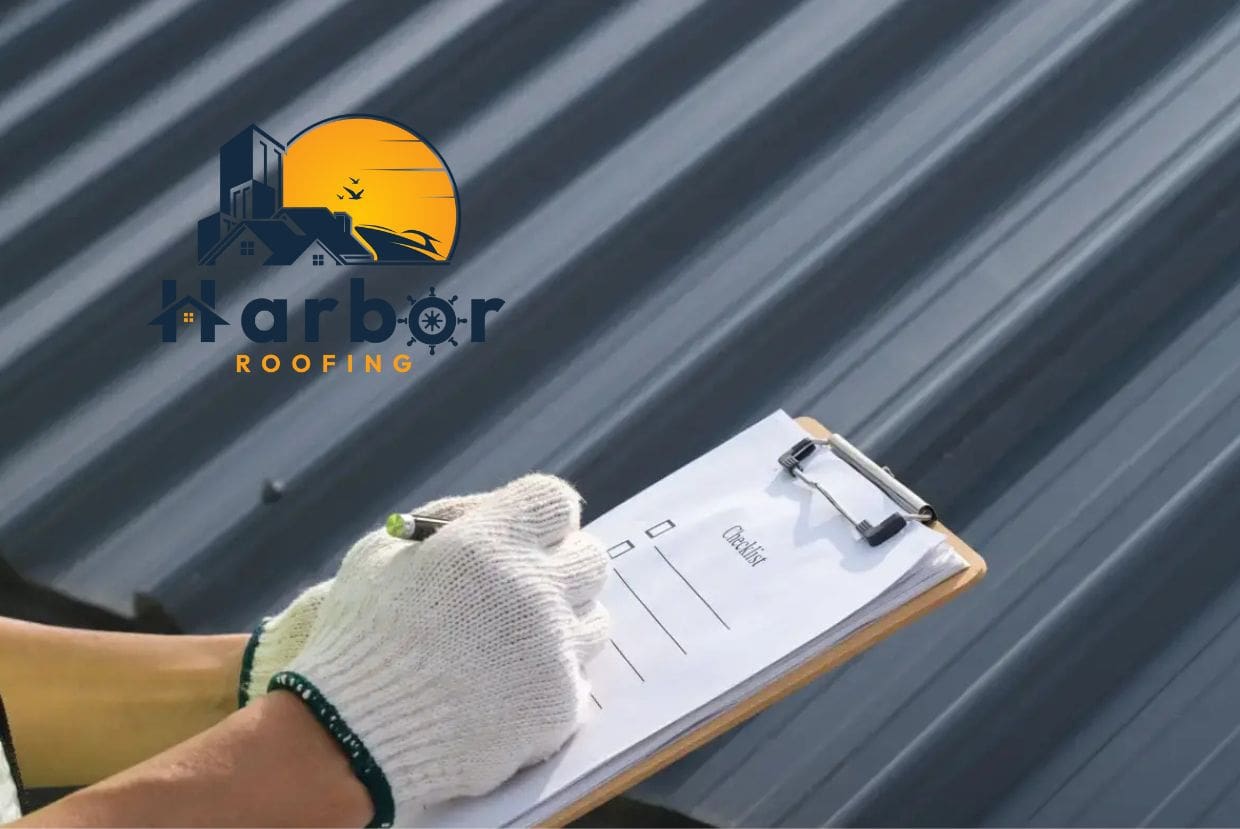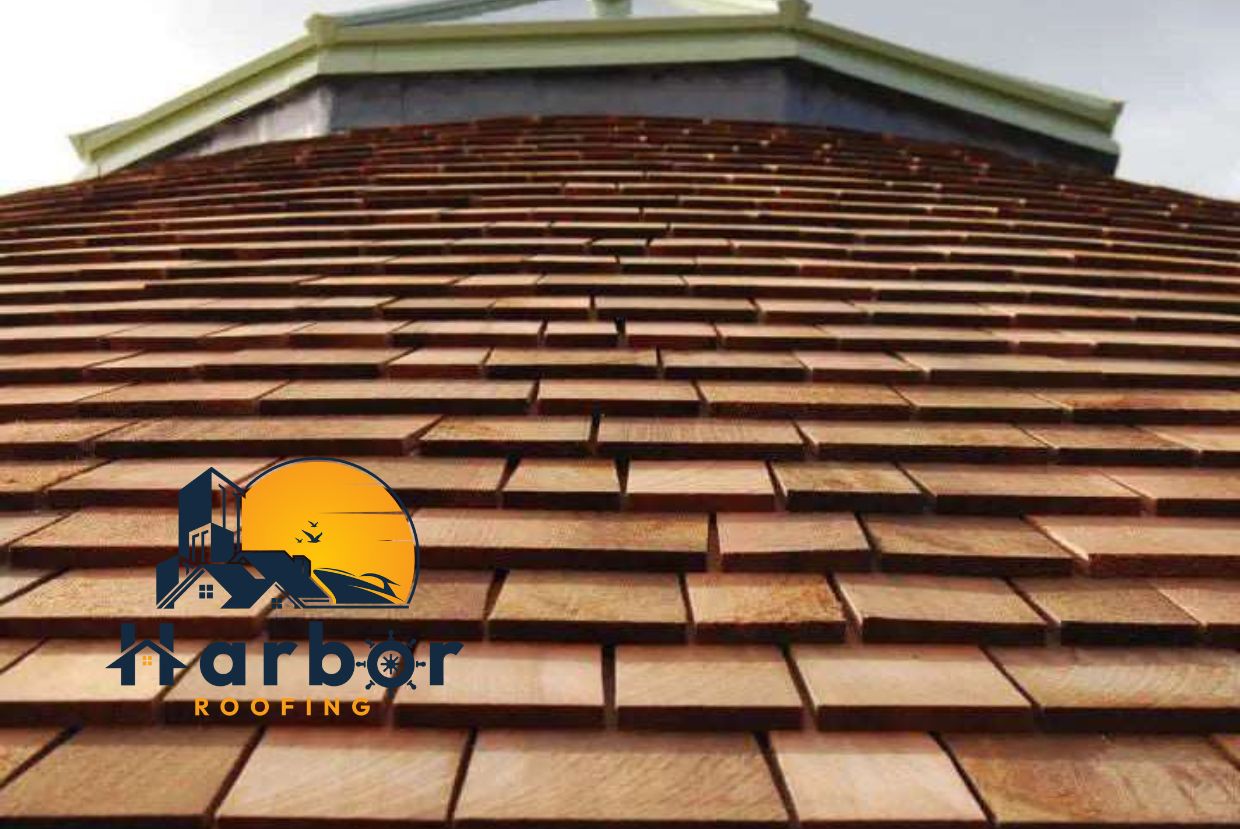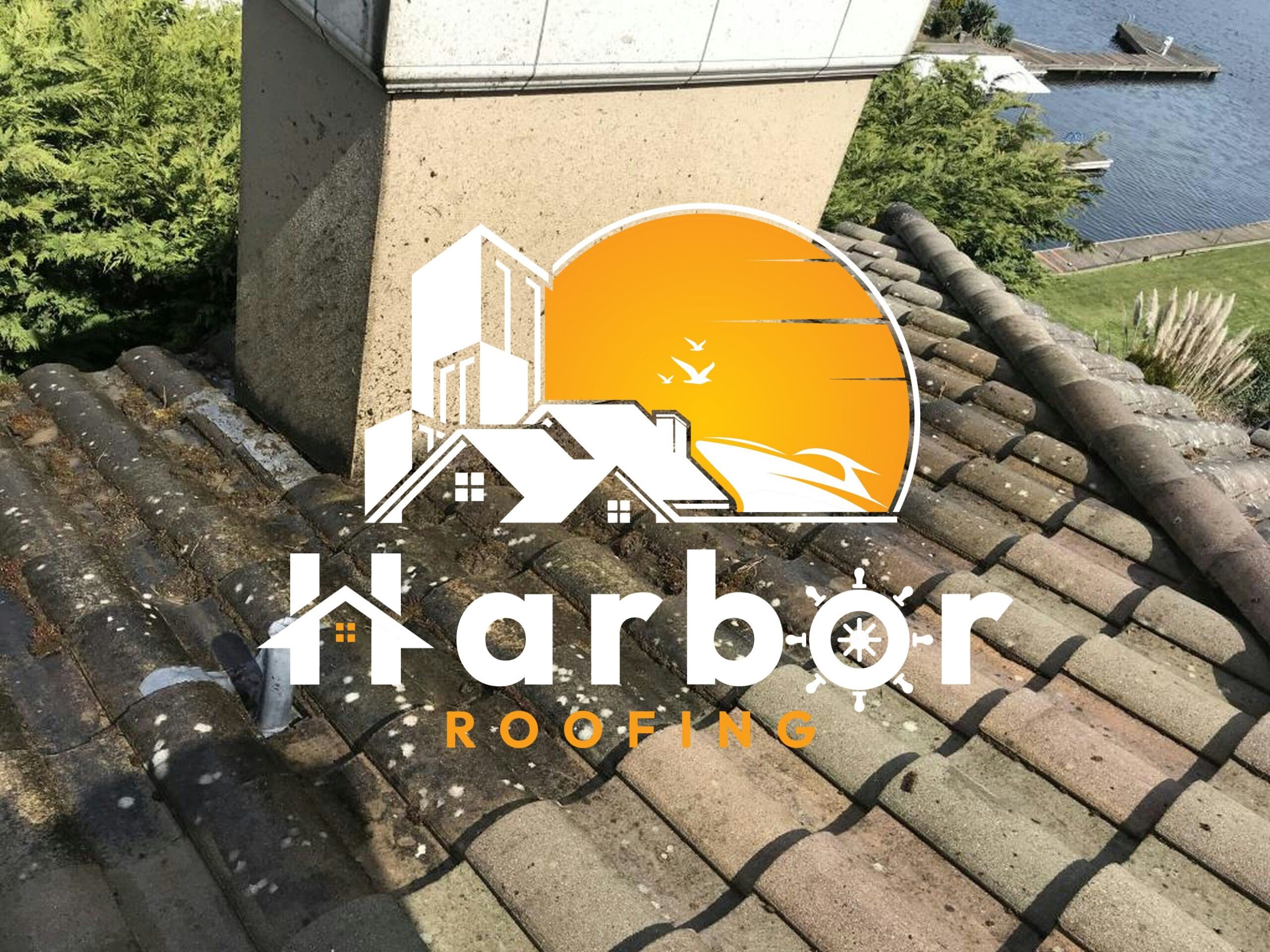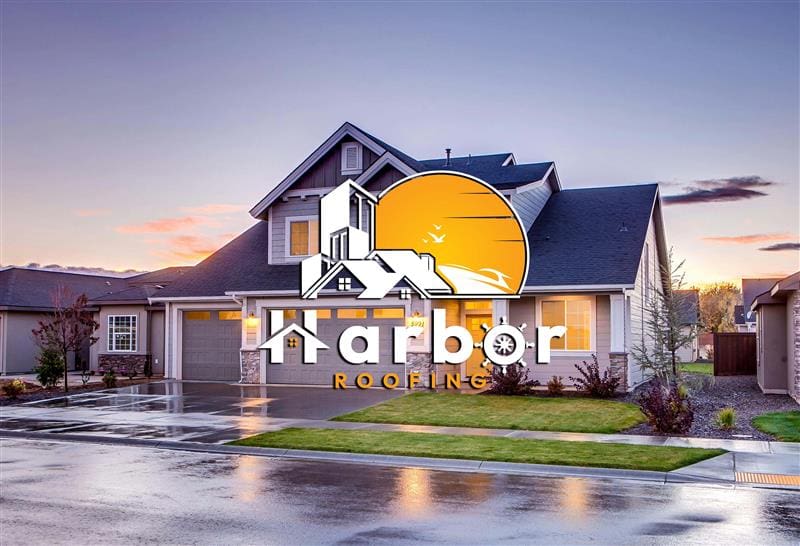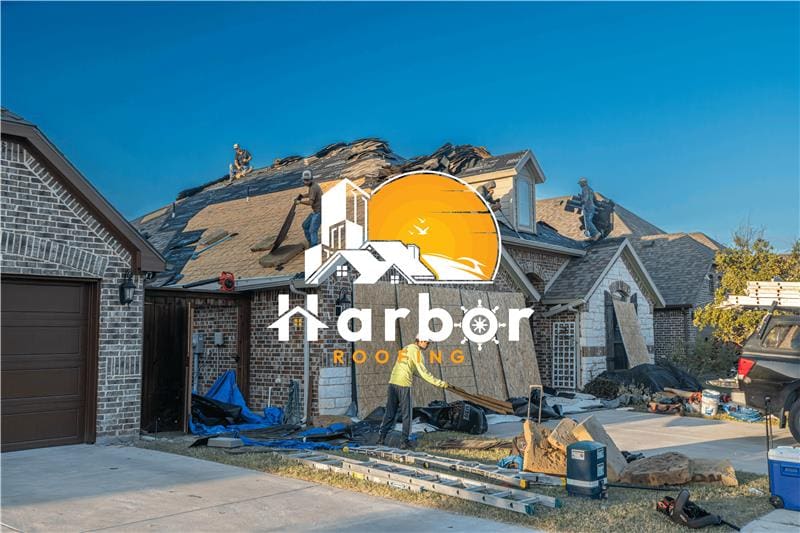Table of contents
Florida living is sunshine, palm trees, and beach time. But your roof has its work cut out for it here. Between scorching temperatures and humidity, hurricanes, and salt-drenched sea air, Florida weather challenges all types of roofs. So, homeowners need to know how long each type of roof will last to effectively protect their biggest asset.
Choosing the right roof is better than great curb appeal — it is about durability and peace of mind. The improper material for your roof typically means costly repair or premature replacement, especially for Florida’s aggressive weather. This is why knowing how each roof performs in such conditions saves you time, money, and stress.
In this article, we’ll learn how long the most common Florida roof types last, what environmental forces affect them, and how to make your roof last longer regardless of the material you select.
Common Florida Roof Types
Asphalt Shingles
Asphalt shingles are among the most cost-effective and widely used roofing systems in Florida today. They are easy to install and are available in a wide range of colors and designs to suit any house. Although they are good for protection, their duration is shorter compared to other materials, particularly under the Florida sunshine and regular storms. Regular maintenance can help prolong them, but expect them to last between 15 to 30 years.
Metal Roofs (Corrugated, Standing Seam)
Metal roofs primarily consist of corrugated and standing seam. Corrugated metal is lightweight and budget-friendly, while standing seam offers a sleek appearance with greater durability. Both withstand wind and fire sufficiently, thus making them suitable in Florida’s hurricane zone. Plus, they also reflect solar radiation, making the air-conditioning cost lower and maintenance for 40 to 70 years if treated well.
Concrete Tile Roofs
Concrete tile roofs provide excellent durability and are suitable for Florida’s climate. They are manufactured from cement, sand, and water, and resist cracking, fading, and absorbing damage nicely. They are energy efficient and have an extended lifespan, making them a favorite among Florida residents who desire long-lasting protection. Concrete tiles will endure for 50 years or more if they are well-maintained.
Clay Tile Roofs
These tile roofs are highly praised for their exceptional strength and durability as well as their long-lasting beauty. Clay tile roofs endure a minimum of 50 years and provide excellent protection against heat, wind, and water. Their distinct look also creates curb appeal. Clay tiles withstand Florida’s harsh weather conditions well and are the go-to preference for most homeowners.
Other Roof Types
Along with these original roof designs, certain Florida houses also have flat roofs or artificial roofs like rubber or composite tiles. These provide special advantages, such as simpler maintenance or contemporary looks. Still, they are less common due to the severe weather in Florida, where materials must be strong enough to resist hot temperatures, water, and high winds.
Lifespan and Durability Comparison
| Roof Type | Average Lifespan | Durability Factors | Maintenance Needs |
| Asphalt Shingles | 15 to 20 years | Vulnerable to UV damage, wind, and moisture | Regular inspections, cleaning debris |
| Metal Roofs | 40 to 70 years | Highly wind-resistant, reflects heat | Occasional cleaning, hardware checks |
| Concrete Tile Roofs | 50 years | Heavy, crack-resistant, fire-resistant | Inspect for cracks, replace tiles |
| Clay Tile Roofs | 50 to 100+ years | Extremely durable, resists heat and moisture | Minimal, occasional tile replacement |
Key takeaways
- Asphalt shingles are the cheapest choice in roofing, but deliver the shortest lifespan in Florida’s extreme weather.
- Metal roofs are the most long-lasting and energy-efficient, providing up to 70 years of life with minimal maintenance.
- Concrete tiles are invulnerable but need support and inspections to remain well-conditioned.
- Clay tiles are the longest-lasting type of roof and will survive for more than 100 years with very little upkeep.
Detailed Comparison of Each Roof Type
Asphalt Shingle Roofs
Lifespan Range
In Florida’s climate, asphalt shingles can usually last anywhere between 15 and 20 years. Because of the intense sun, humidity, and storms, shingles tend to wear faster unless they are in the cooler regions. This extreme weather shortens your shingles’ lifespan, compared to other roofing materials commonly used elsewhere.
Pros and Cons
Being affordable and easy to install, these are the characteristics behind the popularity of asphalt shingles. However, they are powerless against wind damage, UV rays, and moisture. After a while, these drawbacks can lead to cracking and granule loss, thus reducing your roof’s effectiveness and durability.
Maintenance Tips
If you want to extend the lifespan of your shingle, you’ll need to schedule an annual inspection and make sure it is clear of debris. Also, make sure not to use tools like power washing, as they can damage your roof further, rather than clean it. Similarly, replace damaged shingles as soon as possible and consider upgrading to wind-resistant shingles. These are an excellent choice for Florida’s extreme weather conditions.
Metal Roofs
Lifespan Differences
Metal roofing, such as standing seam, is preferred for its exceptional durability, usually lasting between 40 and 70 years. These are highly resistant to leaks and harsh weather because of their interlocking panels, thus allowing them to create a watertight seal. This durability alone makes it the perfect roofing material for those looking for long-term protection.
On the flip side, corrugated metal roofs tend to last between 15 and 30 years. These roof types make use of exposed fasteners that can loosen or rust over time, thus requiring more periodic maintenance. Even though they are durable, corrugated roofs normally don’t last as long as standing seams in extreme climates.
Pros and Cons
These materials have excellent wind resistance and offer energy efficiency by reflecting heat and reducing cooling costs. Against extreme weather, standing seam can provide superior protection along with a sleek, contemporary look. However, these benefits are also accompanied by steep upfront costs. This can be a giant barrier for some homeowners.
Corrugated metal roofs, on the other hand, are more affordable and easier to install. Thus, making them a popular option among budget-conscious homeowners. Yet, their exposed fasteners are predisposed to corrosion, and leaks are also a major concern, especially if they aren’t maintained properly. Moreover, noise during rain and hail is also a downside for some homeowners.
Maintenance Recommendations
For longevity, routine maintenance is a necessity. If you have corrugated roofing, then you will need to regularly check your roof, tighten the fasteners, clean debris, and look out for any rust or corrosion. These quick repairs can help prevent leaks and costly damage in the long run.
Because of its concealed fasteners and rugged design, standing seams demand less frequent upkeep. However, timely cleaning and inspection after storms can help in preserving their looks and function. Plus, proper maintenance means your roof will remain durable and long-lasting even under Florida’s extreme weather.
Concrete Tile Roofs
Lifespan Range
Concrete tiles can last between 30 and 50 years, even in Florida’s challenging climate. However, their survivability highly depends on proper installation and periodic maintenance. Harsh sun, humidity, and atoms can shorten their life, especially if they are neglected. Yet, with proper care and maintenance, these roof types can last double their life expectancy.
Routinely inspecting and making timely repairs allows you to protect your investment. Implementing these practices can help guarantee that your concrete tile roof provides the ideal protection for the decades to come.
Benefits Drawbacks
These roofing options offer excellent fire resistance, which also makes them a safe bet for Florida homes. However, because of their weight, concrete tiles demand strong structural support to negate damage or sagging.
Although durable, these roof types tend to absorb water, which then leads to moss or mold growth if they aren’t properly maintained. Counterbalancing the benefits and drawbacks can help you in deciding if concrete tile is the right choice for your roofing needs.
Care Upkeep
If you want to keep your concrete roof in top shape, make sure to inspect it periodically for cracks or broken tiles. Likewise, replace any damaged tiles to avoid any further damage or leaks. Also, try to clean debris gently and avoid utilizing pressurized washing to preserve the tile’s integrity.
Clay Tile Roofs
Longevity Span
Florida clay tile roofs last for 50 to 100 years or longer with proper installation and care. Their natural resistance and low water absorption help them to withstand Florida’s hot sun, humidity, and storms more effectively than many other roof types. This endurance makes clay tiles a sound investment for homeowners wanting a durable roofing solution. Upkeep and regular maintenance prevent your clay tile roof from deteriorating over decades while safeguarding your house well.
Durability Appearance
Clay tiles can withstand extreme weather conditions like wind, fire, and water while their colors remain vibrant without fading easily. Their timelessly elegant appearance imparts enduring curb appeal to any residence. This is why they are a hit among Florida homeowners who desire the beauty of form coupled with strength for their roof. This blend of strength and beauty makes clay tile roofing a leading option in Florida’s harsh weather.
Maintenance Tips
Clay tile roofs are low maintenance, with only the need for routine checks and immediate replacement of broken or cracked tiles. Clearing gutters and removing debris also maintains the lifespan of the roof and avoids water damage. Adhering to these easy maintenance steps keeps your clay tile roof a long-lasting, worthwhile investment for decades.
Tips for Maximizing Roof Lifespan in Florida
Periodic Inspections
Periodic inspections help identify small problems before they become costly repairs. In Florida’s severe climate, roofing materials like asphalt shingles and tiles need at least two checks a year, ideally spring and fall. The inspections prepare your roof for storm seasons and help it in the healing process afterwards.
A speedy visual check can detect missing shingles, cracks, or debris build-up early. This preventive step extends the lifespan of your roof and keeps your house dry and damage-free.
Prompt Repairs
Making small repairs early on stops extensive damage down the line. Whether loose shingles or broken tile, prompt repair saves dollars and stress. Postponing repairs lets water penetration and wind damage escalate, particularly during Florida’s hurricane season. Being attuned to repairs keeps your roof type functioning optimally and lasting longer.
Correct Cleaning
Different types of roofs require specialized cleaning methods in order not to damage them. Asphalt shingles must be lightly brushed, while metal roofs can be rinsed off to remove salt and debris to remain free from corrosion. Never power wash delicate roofs, including tiles, since pressure could crack them. Proper cleaning methods maintain your roof and its beauty and lifespan.
Location Considerations
Your area in Florida dictates how you take care of your roof. Houses by the coast are exposed to salty air that accelerates rust on metal roofs and requires extra cleaning and inspection. Inland houses have more heat and humidity, so ventilation and UV ray protection are vital. Tailoring maintenance to your area keeps your roof resilient against local challenges and extends its life.
Final Thoughts
Finding the proper type of roof for your home is important for long-term protection in Florida’s distinctive climate. Each roof type has a different lifespan, price tag, and maintenance requirements. This means keeping your home’s location, budget, and aesthetic in mind when making your choice. For assurance, seek advice from roofing experts like Harbour Roofing, who are familiar with Florida’s climatic challenges. Plus, they can suggest the proper roof types based on your requirements to keep your home safe and resilient for years to come.
